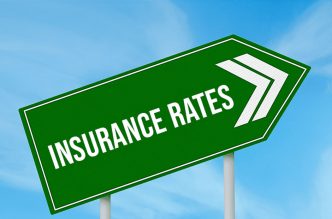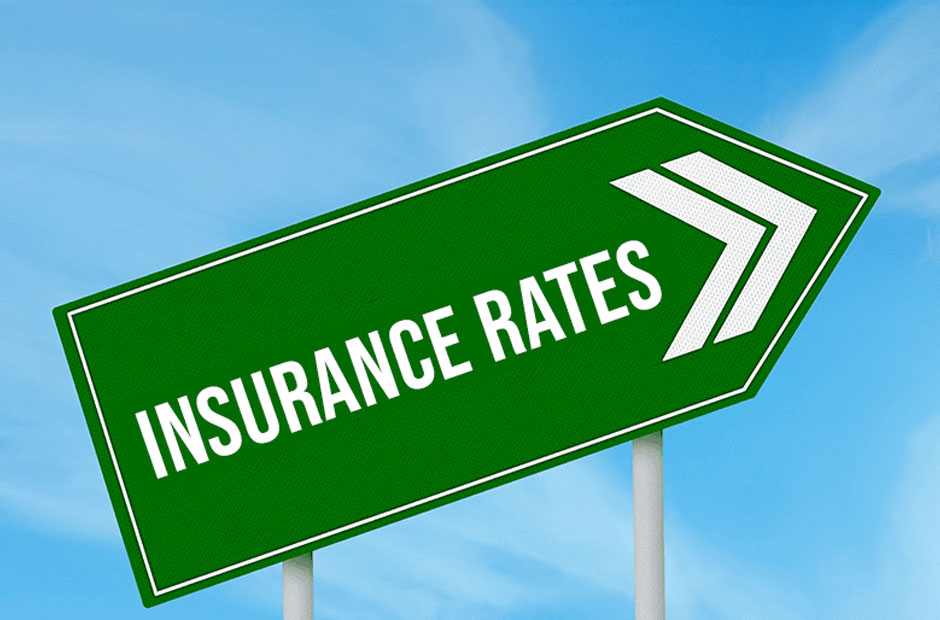Insurance rates in Canada can feel like a puzzle, with premiums fluctuating based on a variety of factors that may seem overwhelming at first glance. Whether you’re insuring your car, home, or health, understanding why rates vary across provinces, demographics, and individual circumstances can help you make informed decisions and potentially save money.
From regional weather patterns and claim histories to local regulations and market competition, every province has its own set of influences that shape insurance costs. Additionally, personal factors like age, driving record, and credit score all play a role in determining what you pay.
By understanding these variables, you can take proactive steps to secure better coverage at fair prices. Get personalized insurance advice from Acumen Insurance, your trusted Canadian insurance broker, to ensure you’re getting the right protection at the best possible rate.
Provincial Regulations and Market Dynamics
One of the primary reasons insurance rates differ across Canada is the variation in provincial regulations. Each province and territory has its own regulatory body overseeing insurance, which leads to different rules, coverage requirements, and pricing structures. For example:
- British Columbia and Manitoba operate under government-run auto insurance models (ICBC and MPI, respectively), which often result in lower premiums due to reduced administrative costs and standardized coverage. However, these provinces may limit consumer choice compared to private insurance markets.
- Ontario, with its private insurance market, sees some of the highest auto insurance rates due to dense urban populations, higher accident rates, and fraud-related claims. The Financial Services Regulatory Authority of Ontario (FSRA) oversees a competitive market, but this can lead to significant price variations among insurers.
- Quebec benefits from a hybrid system where basic auto insurance is provided by the government (SAAQ), while private insurers offer additional coverage. This often results in lower base rates compared to Ontario but varies depending on optional add-ons.
These provincial differences mean that a driver in Toronto might pay significantly more for auto insurance than someone with a similar profile in Winnipeg or Montreal. Home insurance also varies, with provinces like British Columbia and Alberta facing higher premiums due to risks like wildfires and flooding, while Atlantic provinces may see elevated rates due to coastal weather risks.
Risk Factors and Personal Profiles
Insurance rates are heavily influenced by risk assessments, which insurers calculate based on individual and regional factors. Here are some key personal and environmental factors that drive variations:
- Location and Geography: Where you live plays a massive role. Urban areas like Toronto or Vancouver often have higher auto and home insurance rates due to increased risks of accidents, theft, or property damage. Rural areas, by contrast, may have lower rates but could face higher premiums for natural disaster coverage, depending on the region.
- Demographics: Age, gender, and marital status can impact rates, particularly for auto insurance. Younger drivers (under 25) often face higher premiums due to their inexperience, while seniors may see rates rise due to age-related risk factors. Some provinces, like British Columbia, have moved away from using gender as a rating factor, but others still allow it under specific guidelines.
- Driving Record and Claims History: A clean driving record with no accidents or tickets can significantly lower auto insurance premiums. Conversely, a history of claims or violations can lead to higher rates, as insurers view these individuals as higher risk.
- Type of Coverage: The level of coverage you choose—whether basic liability or comprehensive—directly affects your premium. Optional add-ons like collision coverage, roadside assistance, or replacement cost coverage for homes can increase costs but provide greater protection.
- Credit Scores: In some provinces, insurers use credit scores to assess financial responsibility, which can influence rates. A lower credit score might result in higher premiums, as insurers may associate it with a higher likelihood of filing claims.
Vehicle and Property Characteristics
The type of vehicle or property you’re insuring also plays a significant role in rate variations. For auto insurance:
- Vehicle Type: Sports cars or luxury vehicles typically have higher premiums due to expensive repair costs and higher theft risks. In contrast, family sedans or vehicles with high safety ratings may qualify for discounts.
- Usage: How often and how far you drive affects rates. Commuters in urban areas may pay more than occasional drivers in rural settings.
For home insurance:
- Property Age and Condition: Older homes or those requiring maintenance may have higher premiums due to increased risks of damage. Conversely, newer homes with updated systems (e.g., plumbing, electrical) may qualify for lower rates.
- Proximity to Services: Homes located near fire stations or in areas with robust emergency services may benefit from lower premiums.
Economic and Industry Factors
Broader economic trends and industry practices also contribute to rate variations:
- Inflation and Repair Costs: Rising costs for vehicle repairs, construction materials, or medical treatments (in the case of injury claims) can drive up premiums across the board. For instance, the increasing cost of auto parts due to supply chain issues has led to higher rates in recent years.
- Insurance Fraud: Areas with higher instances of fraudulent claims, such as staged accidents or exaggerated property damage, can lead to increased premiums to offset losses.
- Competition Among Insurers: In provinces with private insurance markets, competition can lead to rate variations. Some insurers may offer discounts or loyalty programs, while others focus on niche markets, like high-risk drivers.
How to Navigate Rate Variations
Understanding why insurance rates vary is the first step to managing costs. Here are some practical tips for Canadian consumers:
- Shop Around: Rates can differ significantly between insurers, even for similar coverage. Use comparison tools or work with an insurance broker to find the best deal.
- Bundle Policies: Combining auto and home insurance with the same provider often results in discounts.
- Ask About Discounts: Many insurers offer discounts for things like safe driving, installing home security systems, or being claim-free for a certain period.
- Review Coverage Annually: Your needs may change over time, so regularly reassess your policies to ensure you’re not overpaying for unnecessary coverage.
- Improve Your Risk Profile: Maintain a clean driving record, improve your credit score (where applicable), and invest in safety features for your vehicle or home to lower premiums.
Insurance rates in Canada vary due to a complex interplay of provincial regulations, personal risk factors, vehicle or property characteristics, and broader economic trends. By understanding these factors, you can make informed choices, compare options, and take steps to reduce your premiums. Whether you’re in bustling Toronto or rural Saskatchewan, being proactive and informed is the key to navigating Canada’s diverse insurance landscape.












